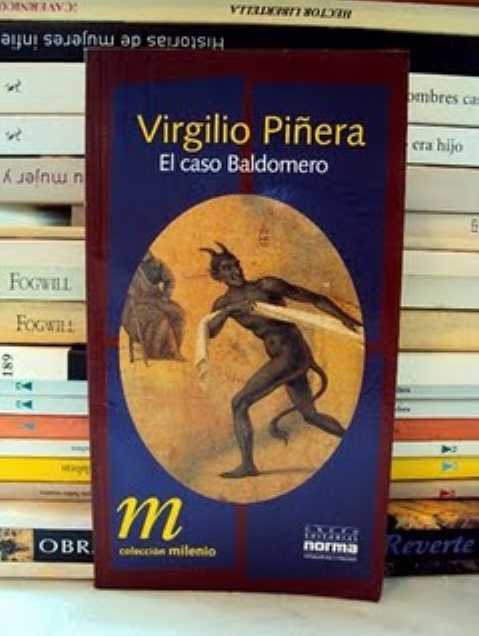4.1.2.3.8 The narrative of Virgilio Piñera (1912 – 1979) in the revolutionary stage

Among the works conceived by Virgilio Piñera during the revolutionary period are “El no” and “La rebelión de los enfermos” (The No) which sinuously pointed to the social problems surrounding ideology, the establishment of a single channel of thought, absolutized and embodied in an official culture that did not accept divergences of opinion, even in minimal aspects, the so-called and oft-cited “ideological diversionism.”
The first is a theatrical piece, but permeated with narrative modes of literature. The protagonists form a heterosexual couple determined not to marry or have sexual relations, which was a way of defending the possibility of an alternative different from what was established in various orders, in short, the right of the individual to his or her individuality in the face of a uniformity of thought – unanimity of expression – that attacked personal identity.
This period in his narrative includes the pieces “He Who Came to Save Me,” 1967 (part of the book of the same name but published three years earlier); “The Growth of Mr. Madrigal” and “The Death of Birds,” the latter two from 1978. In them, he recreates with his usual mastery the theme of death: both external death, whose time is unknown, and death that grows within the subject, intertwined with his own life.
“The Death of Birds,” 1979, the last story conceived by the prolific writer, poses a play between reality and literary fiction, based on the supposed simultaneous death of all birds that inhabit the planet, presented as an unquestionable reality and resistant to analysis and hypothesis, but finally undone by the will of the narrator, elevated to the height of god as the maker and unmaker of the circumstances of the world:
“Only the fait accompli remains. With our eyes we see them dead on the ground. More than the terror that the hecatomb brings us, we are filled with dread at the impossibility of finding an explanation for such a monstrous event. Our feet become entangled in the slain plumage of so many millions of birds. Suddenly, all of them, as if in a crackling of flames, take flight. The writer’s fiction, by erasing the fact, brings them back to life. And only with the death of literature would they fall slain again to the ground.”
The stories in the volumes from this period do not differ substantially from each other. It is worth mentioning, however, the published titles to which the various works cited belong: “He Who Came to Save Me,” 1970; “A Flash,” 1987; and “Grimfaces for Scribes,” also from 1987.
Piñera’s vast narrative work, consolidated in these final years, reveals a different side to Cuban and Latin American literature. Although he didn’t achieve the official recognition he deserved—although among his fellow citizens—until the 1980s, he is one of the authors who most powerfully imprinted his work on our narrative.








